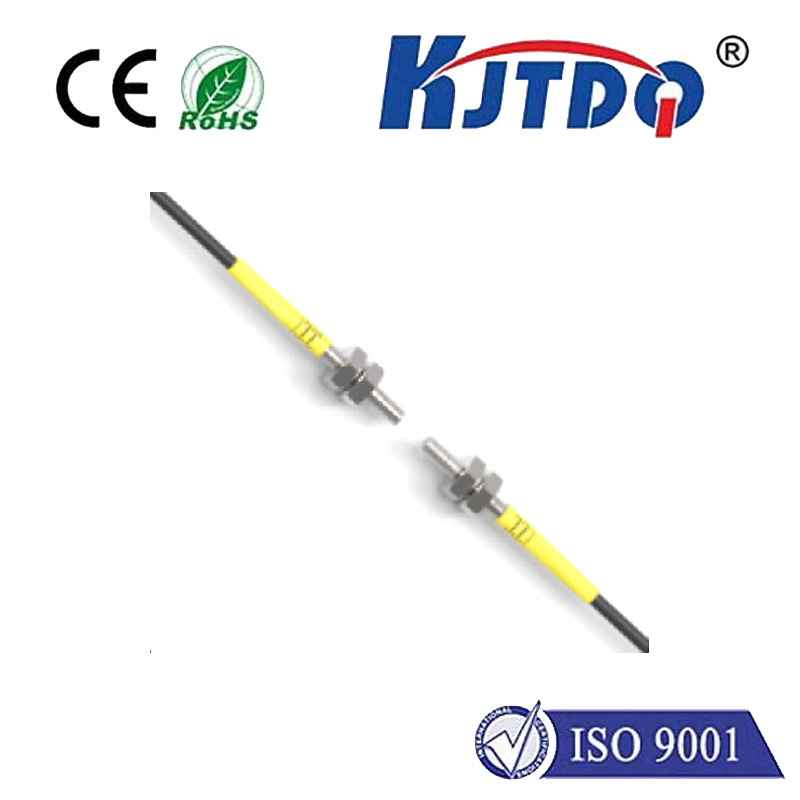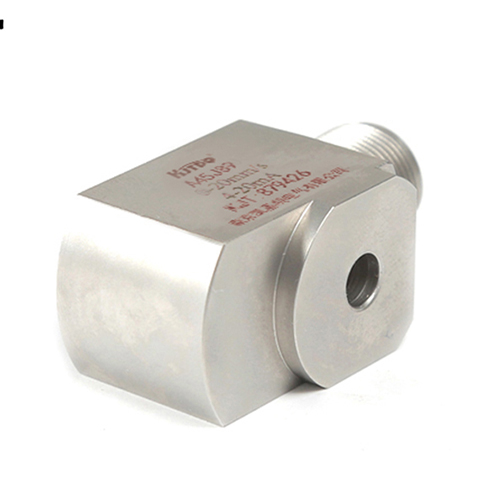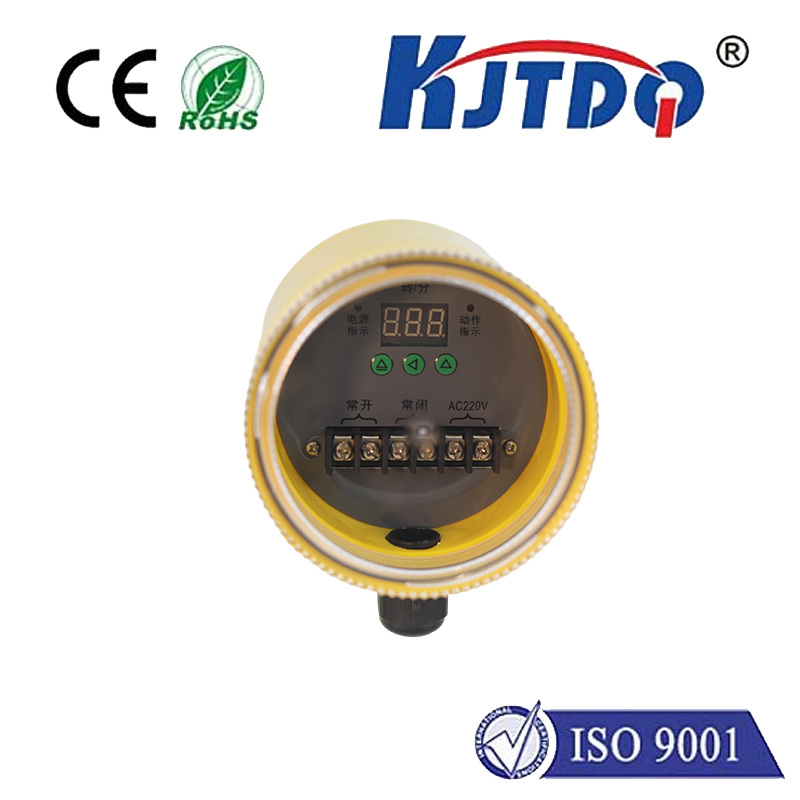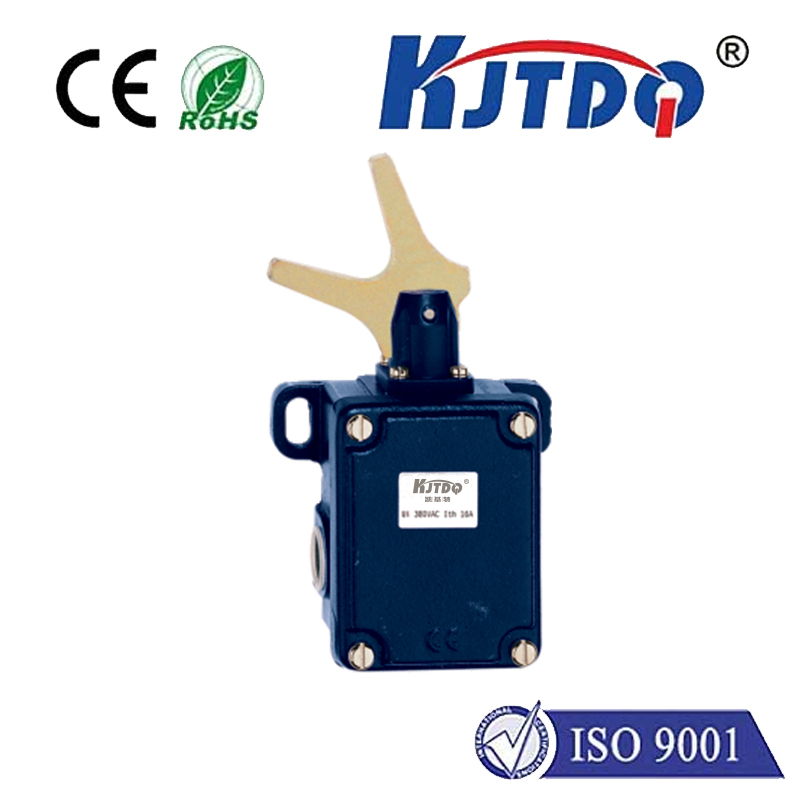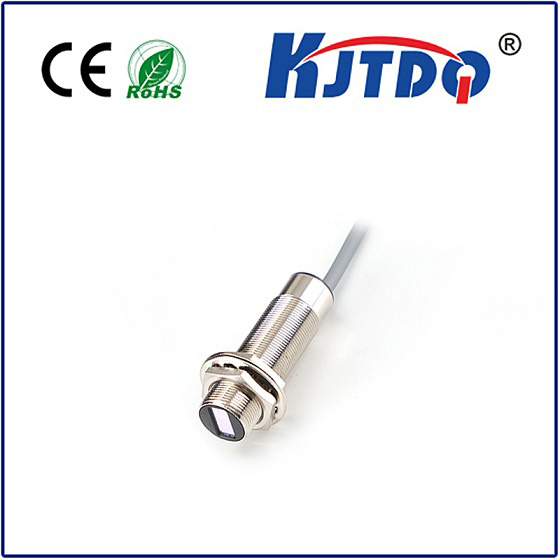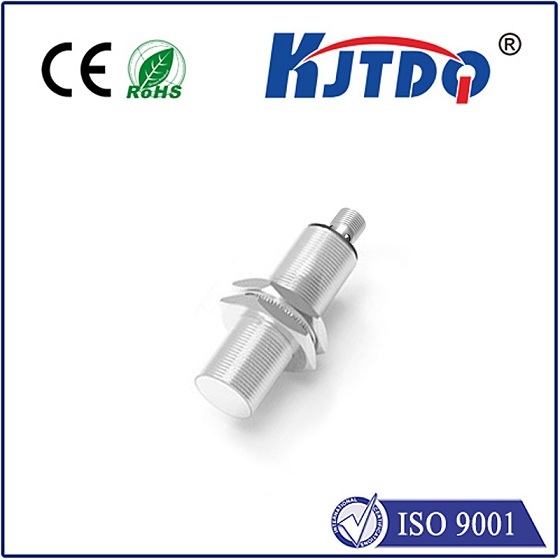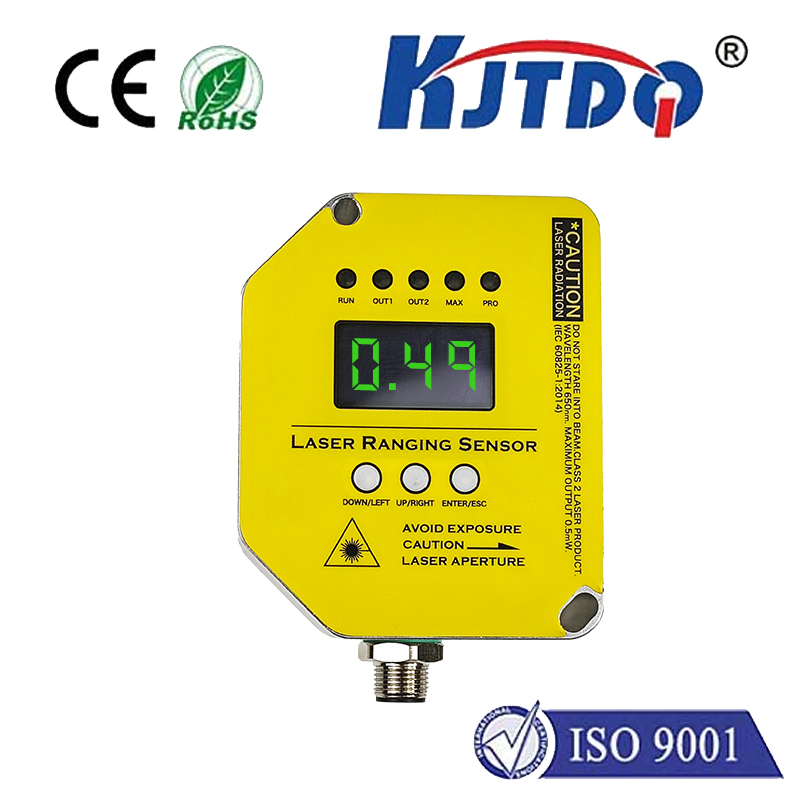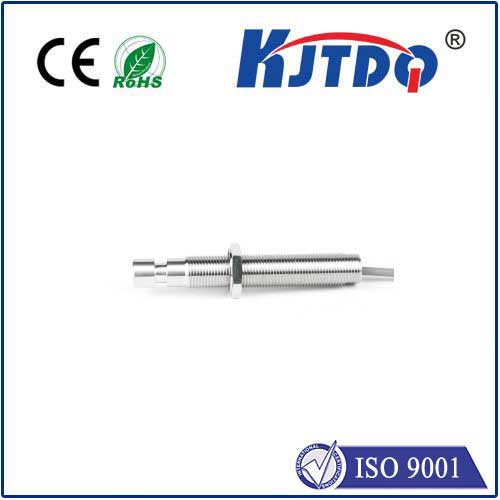

check

check

check

check

check

check

check

check

check

check
Laser Methane Sensor: A Revolutionary Tool for Gas Detection
The advancements in technology have led to the development of innovative tools and devices that have revolutionized various industries. One such tool is the laser methane sensor, which has become an essential component of gas detection systems. This article will discuss the features, benefits, and applications of this revolutionary device.
What is a Laser Methane Sensor?
A laser methane sensor is a high-tech device that uses advanced optical technology to detect and measure the concentration of methane gas in the atmosphere. It works by emitting a laser beam that interacts with the methane molecules present in the air. The resulting changes in the laser beam's properties are then analyzed to determine the methane concentration.
Key Features of Laser Methane Sensors
1. High Sensitivity: Laser methane sensors are highly sensitive and can detect even trace amounts of methane gas, making them ideal for use in environments where methane leaks need to be identified quickly.
2. Real-Time Monitoring: These sensors provide real-time monitoring of methane levels, allowing users to take immediate action if dangerous concentrations are detected.

3. Non-Invasive: Laser methane sensors do not require any physical contact with the gas being measured, reducing the risk of contamination or damage to the sensor.
4. Wide Range of Applications: These sensors can be used in various industries, including oil and gas, mining, waste management, and environmental monitoring, among others.
Benefits of Using Laser Methane Sensors
1. Improved Safety: By providing early warning signs of methane leaks, laser methane sensors help prevent accidents and ensure the safety of workers and the surrounding environment.
2. Cost-Effective: Laser methane sensors offer a cost-effective solution for gas detection compared to traditional methods, as they require minimal maintenance and have a longer lifespan.
3. Accurate Results: These sensors provide accurate and reliable results, eliminating the possibility of false alarms or underestimations of methane levels.
Applications of Laser Methane Sensors
1. Oil and Gas Industry: In the oil and gas industry, laser methane sensors are used to monitor pipelines and storage facilities for leaks, ensuring proper handling and transportation of natural gas.
2. Mining Industry: In the mining industry, these sensors are used to detect methane buildup in underground tunnels and mines, helping prevent explosions and other hazards.
3. Waste Management: Laser methane sensors play a crucial role in waste management by detecting methane emissions from landfills, helping municipalities comply with environmental regulations and reduce their carbon footprint.
4. Environmental Monitoring: These sensors are also used in environmental monitoring projects to assess the impact of human activities on methane levels in the atmosphere.
Conclusion
In conclusion, the laser methane sensor is a game-changing tool for gas detection that offers numerous benefits over traditional methods. Its high sensitivity, real-time monitoring capabilities, non-invasive nature, and wide range of applications make it an essential device for industries looking to improve safety, reduce costs, and protect the environment. As technology continues to advance, we can expect further innovations in this field that will enhance our ability to detect and manage methane emissions effectively.

